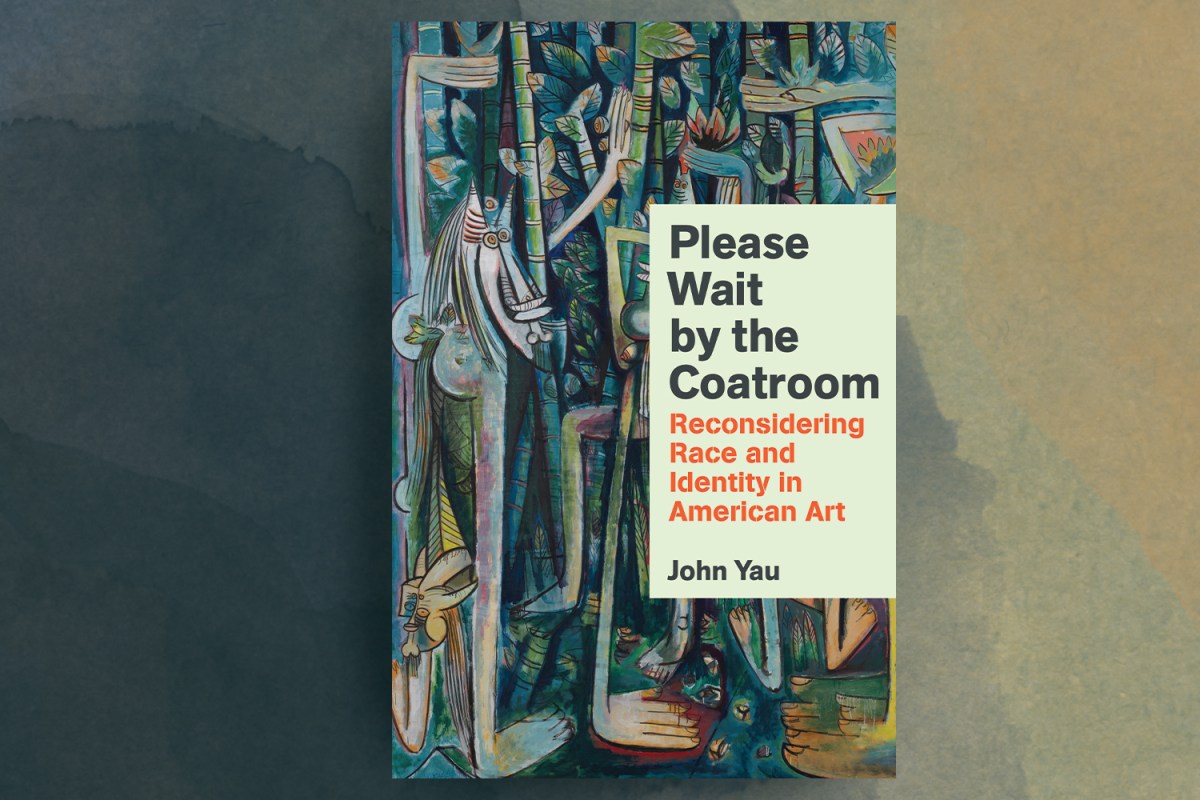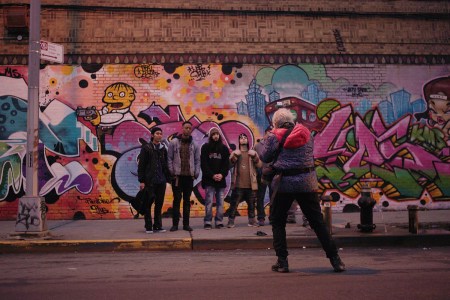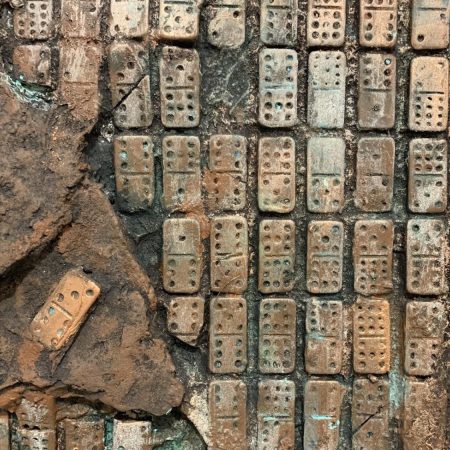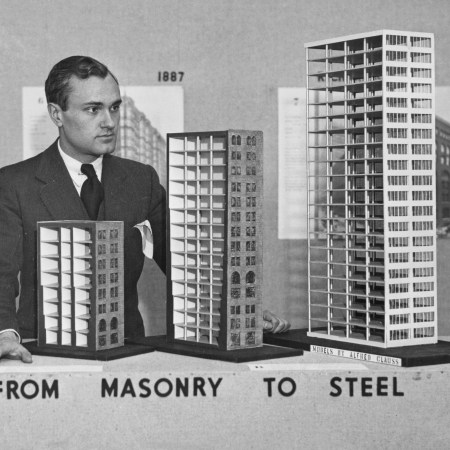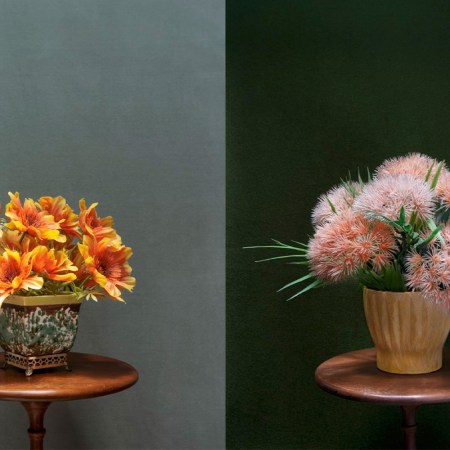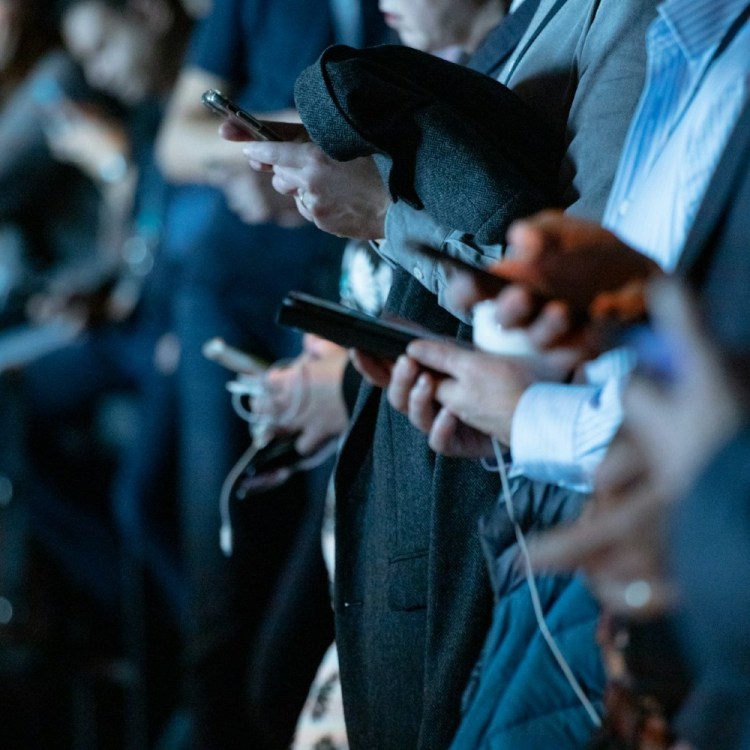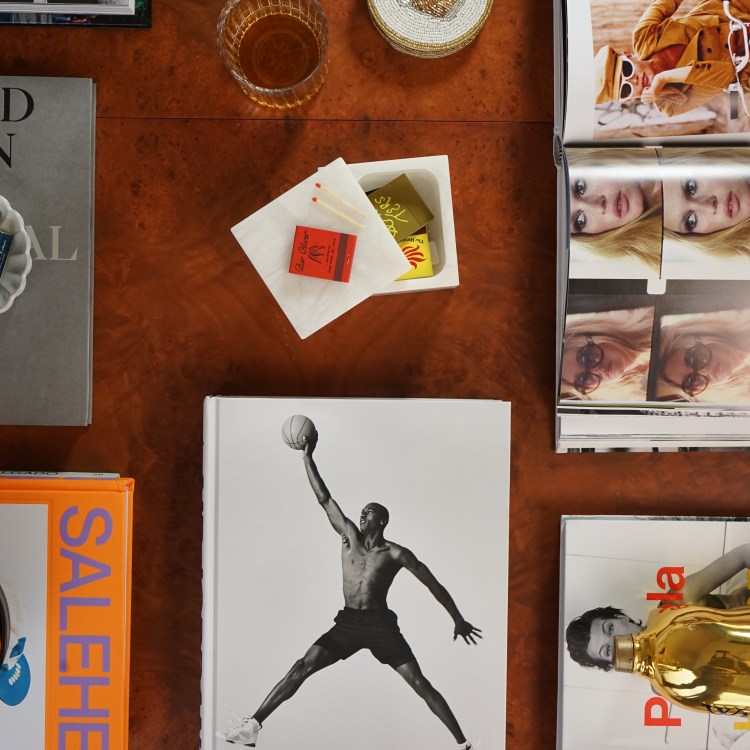Over the course of decades spent as an art critic, John Yau has witnessed significant changes within the art world. Over the years, he’s been the recipient of a Rabkin Prize for his arts journalism; his work as a poet has also been honored. In recent years, Yau has written about the likes of Ruth Asawa and Joe Brainard, and 2023 brings with it a wide-ranging collection of his arts writing.
That would be Please Wait by the Coatroom: Reconsidering Race and Identity in American Art, a thoughtful and thought-provoking book about some of the biggest issues facing artists, curators and anyone who enjoys spending time in the presence of art. He revisits the life and work of Wifredo Lam, whose painting The Jungle — and its placement in the Museum of Modern Art — provides Yau a lens through which he reckons with grand questions of art, history and perception.
InsideHook spoke with Yau about the genesis of this new book, what he learned while putting it together and the evolution he’s witnessed over the years in the world of contemporary art.
*This interview has been edited for context.
InsideHook: Please Wait by the Coatroom opens with an older piece of yours about Wilfredo Lam and his painting The Jungle. The Jungle can also be seen on the book’s cover, and I’m curious: What was your first experience seeing the painting in question?
John Yau: I saw the painting when I first came to New York, so probably 1975. I had read about Wilfredo Lam in some magazine probably while I was in high school. I had some idea about him, but didn’t know that much. In 1974, 1975 I was 24, 25 — that was the first time I saw the painting when I walked in at MoMA. And it’s right there, as I say, by the coatroom.
It took me a few years to see it as I see it in the essay. First, I was just happy to see it. And that it was in the front of the museum. But then, as I thought about it more, I began to see it another way.
You return to Wilfredo Lam’s work again and again in the other pieces that you selected for the book. What do you think it is about his work and about that painting in particular that has made his work resonate with you so much?
I think it was about the painting itself and how sometimes you see work and it speaks to you, though you may not know exactly what it says. Then you read about the painting and nothing that you read about the painting conforms in any way to how that painting speaks to you, even if you don’t exactly know what it’s saying.
And so everybody that I read said that Wilfredo Lam was a minor artist, he used to really love Picasso, et cetera, et cetera. I kept looking at the painting thinking, “That’s not right, there’s something wrong with that reading.” I didn’t exactly know what was wrong with the reading, I just intuitively felt that way.
That’s how that essay came about. I was doing more research at a certain point in my life on him and realized that the presentation of Wilfredo Lam was really based on a — what I would say — formal agenda that’s supposedly colorless, in which his biography is left out. And I’d argue that it informs his art quite a lot. That’s why I keep returning to that essay, because I think that’s done with a lot of artists.
What was the process of putting this collection of work together like? I’d imagine you had a lot of essays and a lot of works of criticism to choose from.
Well, I dreamed about this. I probably thought about starting a few years ago because I realized I had all this material and I’d periodically try to put something together. I couldn’t figure out the length of it. Was it going to be 400 pages? Finally, in correspondence with Josh Bodwell at [Yau’s publisher] Black Sparrow, he said, “250 pages.” That made part of the job clear and then I had to decide what, out of all the words I had written, would go in.
There are moments when I wake up or walk down the street and think, “Oh — should I have done that?” But it’s too late now. I think he was right to suggest 250 pages. I think if it was 500 pages, it would have been read by a smaller group of people. So I think he was completely right.
America tends to, if you think about people — unnamed politicians, let’s put it that way — America’s divided into two colors, Black people and white people. And we know this is not true. There are many, many races and cultures living in America. Recently, a friend of mine in Texas told me the New York Times did an article — I didn’t read it, and if I misquote it, I’m sorry — about the best novelists under 35. He said there were only Black novelists and white novelists. There were no Asian American novelists, no Hispanic novelists, no Native American novelists, et cetera, et cetera.
So when I put this book together, I wanted to think about all the different kinds of artists I’ve written about, but also their ethnicity, and really be as democratic as possible. That was my thinking.
Were there any trends or shifts in the commercial art world or museums that you became aware of as you were going back over your work?
There was more emphasis on artists of color in different museums, and rediscovering or discovering black abstract expressionists like Norman Lewis or second-generation Black painters like Ed Clark. I realized that, in many cases, I had written about them quite early on.
I started with Wilfredo Lam and worked through generations of artists — people who I thought had been misrepresented or seen narrowly — all the way up to younger artists.
Without Martha Cooper, There Would Be No History of New York Graffiti
How the photographer’s subway graffiti project became an essential piece of contemporary art historyI saw that Bob Thompson came up a bit in Please Wait By the Coatroom, and he seems to be having something of a resurgence now, which I’m happy to see.
Yeah, he’s a wonderful artist. I mean, there was a retrospective of him at the Whitney [in 1998], but really, more recently, there’s been quite a lot of attention paid to him, and I think it’s all well deserved. I’ve written about him, I wrote about his show at the Michael Rosenfeld Gallery and at another gallery.
Has Wilfredo Lam’s work gotten a higher profile in the art world as well since you started writing about him?
Yeah, he had a show at Pace Gallery. He had a big retrospective that was in London, Paris, Spain. The first essay in the book has been translated into French and, I think, German, Spanish and Portuguese.
Someone told me the story of Laurie Sims, this wonderful curator. She wanted to do her Ph.D. thesis on Wilfredo Lam and many people on the faculty of the school that she was at didn’t want her to do that because they felt that he was not a major artist. She did end up doing it, but I also believe that if someone went to that same school now and said they wanted to write about Wilfredo Lam, they would not have such an argument or disagreement. So I think his profile has been raised quite a lot.
In addition to your writing about art, you also write poetry. Do you see a connection between the two? Do you feel like one informs the other, or that having a background in poetry lets you write about art and its visual aspects and its impact on a viewer in a different way than you might have if you didn’t have that background?
I think so, but I’m not sure how. When I was in college in the 1960s, I discovered the New York School and the writings of Frank O’Hara and John Ashbery and other people about art. And certainly the next group — Carter Ratcliff and Peter Schjeldahl — they were quite important to me in thinking about art because they didn’t have an agenda, so to speak. They were always trying to just look at the art. They were guided by what they were seeing, and I think that was really important to me.
It also introduced me to the possibility that one could, as a poet, write about art and perhaps even make life out of that — which I did not know. I knew in college I wanted to be a poet but I didn’t envision myself teaching English literature or English composition for the rest of my life, and I certainly didn’t know what else I could do. That was important in a number of ways to discover the different poets that wrote about art.
When you look at what’s happening in art right now, is there anything or anyone that you’re especially excited about or find really especially interesting?
Oh yeah. I’m not cynical; you always find artists that are interesting and surprising and unexpected. One of the last pieces in my book is on an artist I only met recently, Hannah Lee. I just walked into this small gallery and saw her show and was completely taken with it and wrote about it.
I’m always thinking that it’s possible to see something that will, as the Surrealists say, astonish you. I’m astonished and then I write about it. So I’m not cynical. The only thing is, I’m now 73, so I probably don’t get to as many galleries as I did when I was 33 and walked around a lot. I mean, I can still visit a lot of galleries, but probably not as many as I once did.
I’m slowing down but the world’s staying at the same speed. Or it could be even faster because there’s the internet, et cetera, et cetera. I mean, there are a lot of things I could complain about in the art world, but I think it’s not worth complaining about it just to kind of focus on what I’m interested in.
Do you still find a lot of the most interesting work coming out of artists and galleries based in New York? Or have you seen more of a broader geographic focus emerge?
Broader. I see art everywhere — I see art in grad schools, I see art in small galleries all over. I mean, a lot of it ends up coming to New York, but I wouldn’t say it’s all in New York. I happen to be in New York, but I see art if I go anywhere. I saw a nice show by a young man at a small gallery in Chinatown in San Francisco. You never know where you’re going to see something.
If you only judge art by what’s popular in the marketplace or what’s written about by the New York Times or what sells at auction, you’re missing a lot.
I was just in Houston, and in the museum in Houston, there’s a lot of Latin American, South American artists from the 1950s and 1960s and 1970s that you would never see in a museum in New York City. So each museum has its own history, you might say. You can go to the museum in St. Louis, you’ll see wonderful artists related to German Expressionism that you never see in New York. Each museum has its own history.
It’s now been three years since the pandemic first shut down a lot of cultural life. Have you noticed any impact of that aesthetically or economically in terms of the work you’re seeing and the places you’re seeing it?
Well, one of the things I think happens is that a lot of artists made a lot of work because they were completely isolated and there was really no one to show it to — maybe their partner or a few friends. I mean, people were afraid to even really see each other. So I think in a way that affected a number of artists who are now starting to get attention. They were able to dig deep into themselves.
I think a number of galleries started after the pandemic or survived the pandemic. There’s always lots of small galleries in New York and in other cities. I think the small galleries are the ones that are interesting. You don’t know what you’re going to see there. They’re started by people who may not have a lot of money, so they’re doing it for the passion of it. And that’s where I’d like to go.
I mean, I go to big galleries, of course, because you see great stuff there — but there’s other stuff to see, as they say.
This article appeared in an InsideHook newsletter. Sign up for free to get more on travel, wellness, style, drinking, and culture.
